Welcome to the latest blog from Impression on Paid Search Industry Updates, where we uncover the latest PPC trends to help you stay ahead of the curve.
Keep reading to discover:
As usual, traffic light imagery is featured throughout to indicate the importance of each new update – red denoting a priority update, green representing a less important update and amber lying somewhere in the middle.
Search Ads & The Future – Google announces how generative AI, will shape the future of Google search ads

Speaking to an audience last week live from the GoogleI/O event, Vidhya Srinivasan, who leads ads on Google properties, including Search, Maps & Shopping, announced some new features that will be coming to search ads in the future.
In the coming years, companies such as Google & Microsoft, to name a few, will be focusing more and more on improving their offering and adapting to the wider market conditions, following trends & implementing features not seen before.
The latest introduction from Google, is bringing AI to search. Following Microsoft’s introduction of its own AI search, Google has rushed to bring their own offering to the wider market.
Starting initially in the US, Google is launching generative search. Google has stated that this new way of searching involves “bringing together the unique capabilities of generative AI with Google’s deep understanding of information, we’ll unlock entirely new types of questions you never thought Search could answer.” Search is ever evolving, therefore, Google needs to keep improving its offering on search and how it presents its ads offering within this new AI generative search function.
The tests are expected to continue in the US, for the time being, with no date proposed on any wider release, whilst they gather feedback from US users.
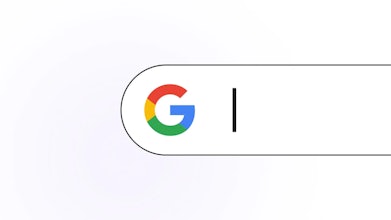
Search ads will still be appearing in this new search function, as usual, they will still show in dedicated places throughout the page, therefore, don’t worry, we’re not losing the ability to reach customers. Additionally, ads will still continue to feature the “sponsored” text next to the ad.
In the example, Google gave, they have provided a search for someone looking for a bike, where the AI search provides new bike examples, with the shopping ads still featuring at the top.

What does this mean for me?
This means that as a result of any tests within the US, search could be changing, right in front of our eyes. Well… it still has some time until it reaches this stage, all we have to do is watch how it unfolds in the US.
Code-free conversions and change history management in Microsoft Ads

May has begun with an exciting new update from Microsoft Ads that aims to assist advertisers with their conversion tracking. Microsoft Advertising Smart Campaigns accounts using Multi-platform are now able to set up code-free conversion goals. Instead of manually adding code snippets to websites, advertisers will now have the option to enable conversion tracking more efficiently.
In order to activate this new feature, advertisers will need to tick the ‘Enable Microsoft Clarity’ box when setting up their goals. This feature will also allow advertisers to take advantage of the Microsoft Clarity insights for free. Essentially, these insights will provide a clearer understanding of post-click user behaviour and engagement from landing pages such as session recordings, instant heatmaps and an analysis dashboard, allowing advertisers to capitalise on the signals captured.
Microsoft Ads are also updating the campaign-level change history report to include conversions in order to keep advertisers aware of any changes that are made, assisting them in troubleshooting. With this new feature, users will be able to view when campaign-level goals are either added or removed from campaigns.
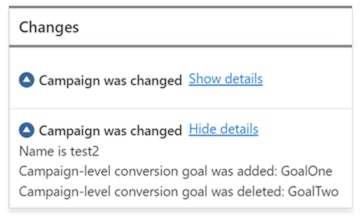
What does this mean for me?
Before, setting up conversion goals required manually adding code snippets to websites which takes up a lot of time. However, the new code-free conversion goals process only takes a few clicks to set up and is a great tool for simplifying the advertising process as well as improving performance and efficiency.
With the addition of being able to visualise campaign-level goals in the change history, it’s a great way of combating human error, whilst Microsoft continue their efforts to provide a seamless, methodical workflow for advertisers.
New ways to build awareness with Youtube Shorts

It’s no secret, we all know about it and have probably all used it, unless you’re living under a rock but short-form video is growing and is set to continue to grow. With the likes of TikTok, our attention spans are shortening and the importance of creating content for your ads to maximise the time potential consumers spend watching your content is crucial.
As a result of the growth of short-form content, it’s important to place and position your ads on sites with a large reach of potential customers, as Social Shepard has outlined, Youtube shorts has “1.5 billion active monthly users” that’s why Youtube shorts could be your next place. In a blog released at the start of the month, Google announced some new ways in which you can further your PPC strategy, through Youtube, specifically through Youtube shorts.
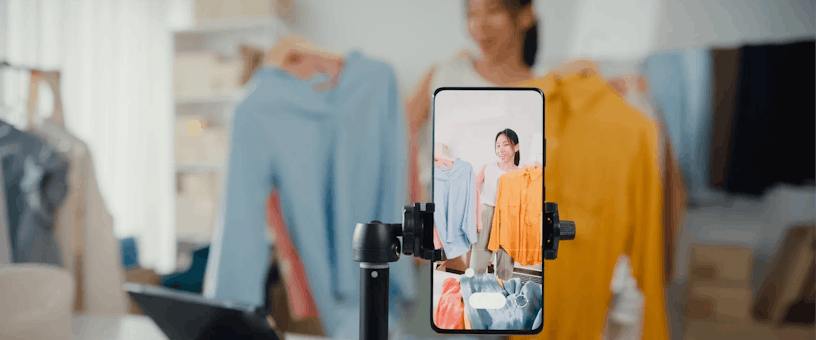
What does this mean for me?
This means that you can maximise your brand’s or even campaign’s reach by appearing next to Shorts content. Google has announced that: “Today, we’re excited to introduce the YouTube Select Run of Shorts lineup”, essentially meaning that by appearing on this content, the technology that Google uses, will ensure that your ads appear alongside the “most popular and relevant videos in viewers short’s feed” allowing your content to appear top-of-mind in consumers heads, which appear as you scroll through content on Youtube.
Furthermore, Google also announced that: “With the new First Position on Shorts, piloting across YouTube Select, advertisers can also breakthrough at the start of a viewing session.”, therefore meaning that when a user opens up Youtube and starts watching within the shorts feature, your ad will be the first one that they will see. Ultimately, you’re front and centre of any attention, during a highly immersive environment, in which the user is strongly engaged with the content they are watching.
Supporting video assets and English language expansion in Microsoft Ads

Video is an important part of advertising, helping to drive performance by securing the attention of your target audience. With video, advertisers are able to complement their existing search and image ad strategy, helping to reinforce their message and encourage potential customers to make decisions. It is therefore essential that these tools are managed in the most efficient way possible.
Microsoft’s new update to video asset management allows advertisers to directly upload videos into the Asset Library from local files or via URL links. With this, there is also access to new filters such as asset type and video duration, helping to streamline the process of video management.
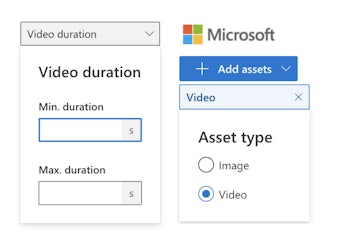
As well as this, Microsoft ads have announced the addition of the English language in 52 new markets when creating a product feed within a Merchant Center. This is a great opportunity for advertisers who are currently running shopping campaigns in any of these markets as they will be able to drive further shopping demand for their products.
When creating the feed, the Country of sale specifies which market (country and language) the feed targets and after indicating this, advertisers will have the ability to add the English language to any of the new markets. A quick reminder for advertisers – any new markets that are added to the product feed will continue to have real-time currency as long as the currency code is submitted in the feed file.
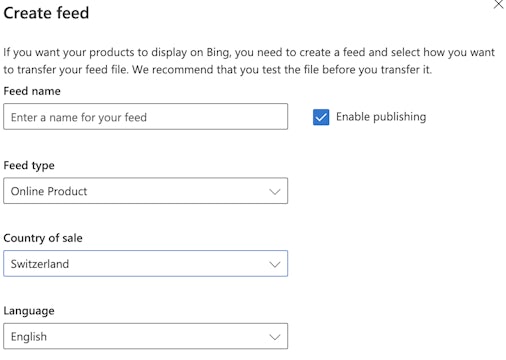
What does this mean for me?
Video management couldn’t be easier in Microsoft Ads, especially with the ability to upload local files or URL links – something that Google Ads does not offer unless the URL or file is from YouTube. Additionally, the expanded English language support for Shopping campaigns will allow for increased shopper interest in new markets as well as allow your brand to gain a competitive advantage. However, it is important that advertisers remember if they are adding any countries into the feed that they must align with the campaign location targets.
Look out for our next blog in June for more paid search industry updates to inspire your PPC strategy. If you want to talk about your business aspirations, get in touch!





